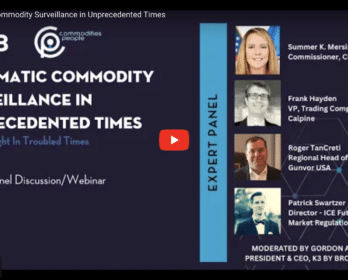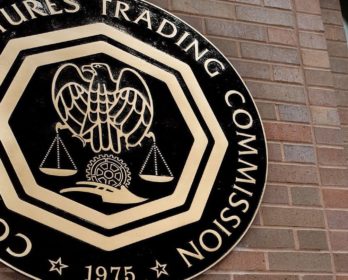We’ve had a lot of discussion with customers about how compliance should implement a wash trade compliance. Let’s start from the top:
What is a Wash Trade?
Well, the CFTC defines a wash trade as: “Entering into, or purporting to enter into, transactions to give the appearance that purchases and sales have been made, without incurring market risk or changing the trader’s market position. “ See also Aviv Handler Here
Let’s synthesize this into a compliance guiding principle: Compliance should inquire into behavior that has the “appearance of trading but is not.” While trading and wash trading look the same there is one key element that concretely distinguishes the two: market risk. So, lets take a look at some common scenarios.
The BSSP: BSSP stands for Buy-Sell Same Price. Buying and selling a product at the same price is naturally a suspect trade. Why? What makes it suspicious is that one cannot immediately tell whether it was exposed to market risk. You see, when a trader executes a buy and sell at a different price, there is prime facia evidence that the trade was exposed to market risk: the price is different! Not so when the trade is at the same price. Thus, we have to dig deeper to tell if it is a wash.
- BSSP Same Trader: When the same trader does a BSSP the compliance officer has to establish that there was some form of market exposure. What happened in between the buy and the sell? Was the open and close within seconds? Was this a liquid or illiquid product? Were there others posting bids and offers in the market? What I’m getting at is that if a trader bought in the AM and sold at the same price in the PM but there is no activity in the market …it could be prohibited activity.
- BSSP Different Trader: This one is a little more difficult because what we are really concerned about here is collusion. Yes, one of your traders bought in the morning and another sold in the afternoon at the same price. There is plenty of activity in the market giving the appearance of market risk. However, if the traders colluded, then there was never any market exposure. Thus, for different traders some inquiry needs to be made on who the traders were, whether they have been in contact, and whether this has happened before. For large entities this happens on occasion. A trader in Houston buys and a trader in London sells at the same price. They are never in contact and may even be in different groups. But this fact simply needs to be documented.
- BSSP FCM Wash Hustle: An FCM wash hustle is a risky proposition that will almost certainly draw wash scrutiny. In an FCM wash hustle a trader creates a Paired Order where a buy and sell at the same price are placed through different FCMs. The difficult thing about FCM Wash Hustles is that they are extremely difficult to catch. The reason for this is that a lot of traders are able to trade via FCM accounts as opposed to the trading firm’s account. In other words what the market sees is FCM1 buying vs FCM2 selling. But at the end of the day when the trades are allocated back to the trading company we see it was all executed by one trader. I could go on for days about how traders trading on FCM accounts is creating compliance headaches around the globe. However from a compliance inquiry any BSSP done with one or more FCMs goes into the “highly suspicious activity.”
What You Can Do
- Configure exchange Self Trade Prevention. Most exchanges have self trade prevention functionality like ICE’s STPF. This allows you to prevent your firm from trading with itself. Its worth spending some time on configuration, but goes a long way to preventing a lot of BSSP.
- Consider eliminating trading via FCM accounts. Again, this is a fairly simple configuration issue. If executing trades using an exchange’s booking platform, then ensure each trader user account is setup with the correct clearing accounts. When using execution platforms such as TT, you must ensure the FCM has all traders executing deals using your clearing accounts and not the FCMs.
- Ensure your FCM clearing accounts are setup correctly. Each clearing account with the FCM must be setup in the exchange’s systems (e.g. CME uses RAV) such that trades flow automatically via your firm’s FIX connection.
- Get an orders feed connection. The orders feed provides real time insight to trader’s exchange activity. We are an approved vendor for most exchanges orders feed.
- Make sure your compliance suite is fit for purpose. Is it reliable? Does it cover all your trades no matter how they are executed? We’re always happy to show our compliance suite for wash, spoof, limits etc. so please give us a call.
- Use a compliance issues tracking system. Some companies have formal systems others we set up on JIRA. Its $10 bucks a month per user (no affiliation to us). But it’s a nice system to open up an issue, record what compliance did in its investigation and close it.







